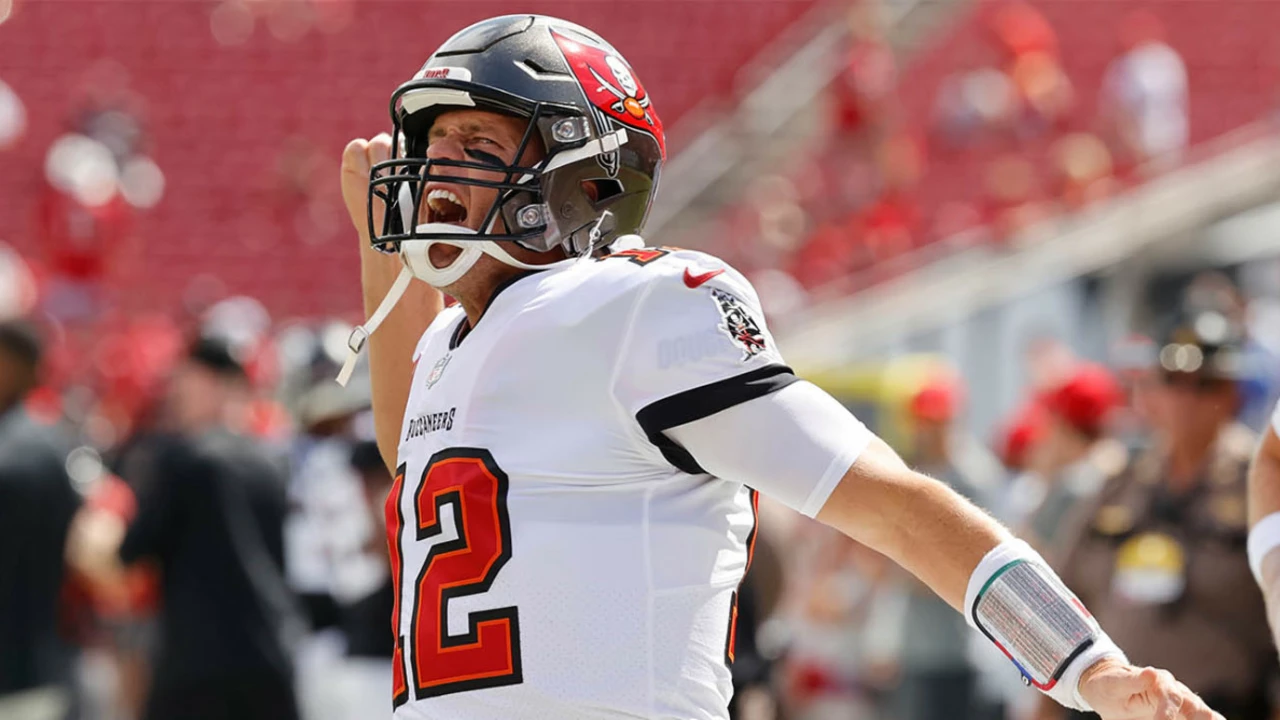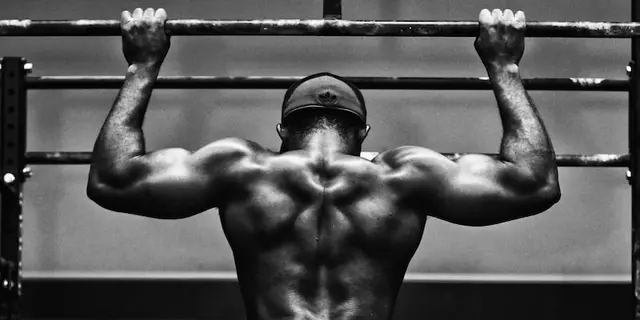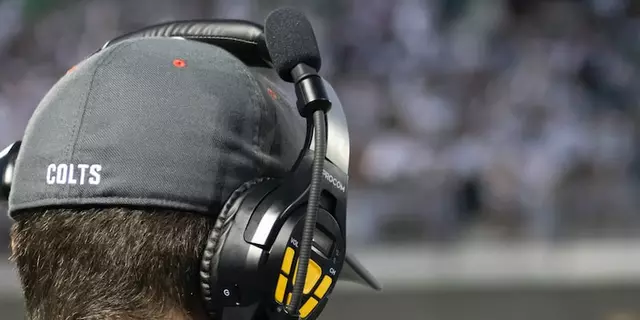Quarterback Basics: How the Field General Leads the Game
Ever wonder why the quarterback gets all the hype? It’s because they’re the on‑field commander, making split‑second choices that can change a game in seconds. From reading defenses to delivering the perfect pass, the quarterback’s job blends physical skill with mental sharpness. If you’re a fan who wants to understand the nuances or a player looking to improve, this guide breaks down what matters most.
Core Responsibilities of a Quarterback
The first thing to get straight is that a quarterback does more than just throw the ball. They read the defensive front, call audibles, manage the clock, and often act as the team’s biggest motivator. A good read means spotting a blitz before it happens and adjusting the play on the fly. That’s why you’ll hear coaches ask, “Did you see the linebacker shift?” – it’s a signal for a quick change.
Passing accuracy and timing are obvious metrics, but completion percentage only tells part of the story. Look at yards per attempt, touchdown‑to‑interception ratio, and how often the QB keeps drives alive on third down. Those numbers reveal a player’s ability to move the ball consistently, not just rack up flashy throws.
Another key duty is handling the short game. Screens, check‑downs, and even quarterback runs keep defenses honest. When a QB can slip out under pressure and pick up yards, it forces opponents to stay disciplined, opening up deeper shots later.
Improving Your Quarterback Skills
If you’re training to be a quarterback, start with three habits: film study, footwork, and decision‑making drills. Watching game tape lets you see patterns in defensive looks—spot where safeties bite on fake handoffs or where linebackers blitz from unexpected angles. Replicate those scenarios in practice to develop instincts.
Footwork is the foundation of every throw. A solid three‑step drop, a precise five‑step for deeper routes, and balance in the pocket translate to tighter spirals and better timing. Simple ladder drills or cone shuffles can sharpen those moves without needing a full field.
Decision‑making drills often involve a rapid‑fire read‑option setup. Have a teammate rush a defensive front while you choose between a quick pass, a roll‑out, or a handoff. The goal is to make the correct choice in under two seconds—just like a real game.
Finally, build chemistry with your receivers. Run timing routes repeatedly so both of you know exactly when and where the ball will arrive. When the connection feels automatic, you’ll spend less mental energy on the throw and more on reading the defense.
Bottom line: a quarterback’s success comes from a blend of mental prep, precise mechanics, and trusting relationships on the field. Keep studying, keep practicing, and watch those stats climb. Whether you’re cheering from the couch or stepping onto the gridiron, understanding the quarterback’s role makes every play more exciting.

Tom Brady has had an incredible career in football that's spanned over two decades. He started his NFL journey in 2000, which means he's been in the game for more than 20 years, an impressive feat in itself. From leading the New England Patriots to multiple Super Bowl victories to continuing his legacy with the Tampa Bay Buccaneers, Brady's career is a testament to his talent and tenacity. His longevity in the sport is quite rare, especially considering the physical demands of football. It's been a joy watching him play and evolve over the years.





